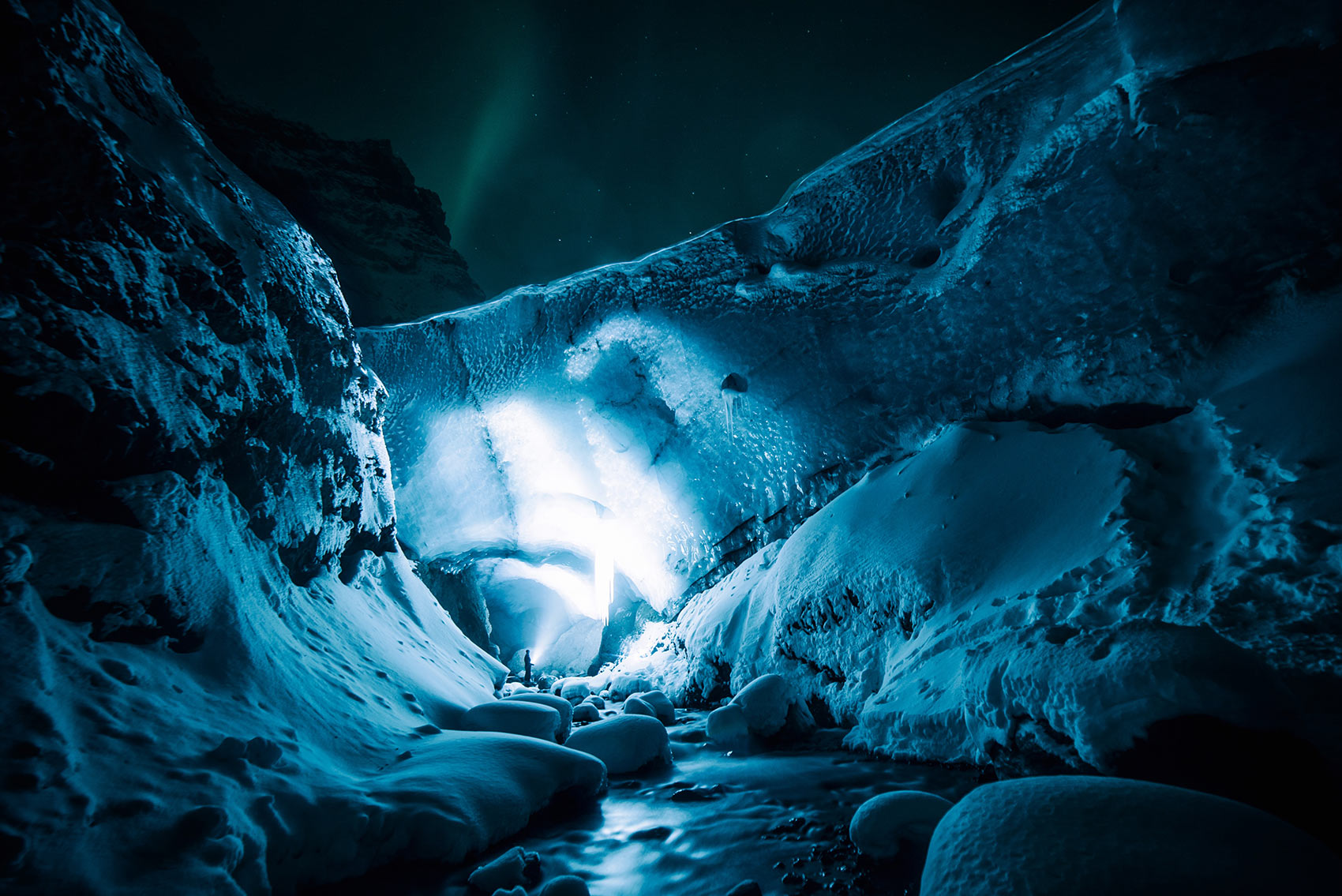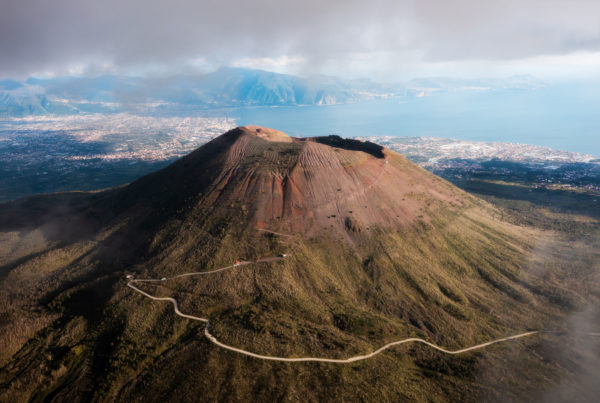Tourism in Iceland is starting to take on a somewhat familiar pattern. Most visitors will spend a few days in the country’s capital and then pop along to the Blue Lagoon before jumping on a plane home. While these attractions are definitely worth seeing, Iceland actually has far more to offer its visitors. The Great Ice Caverns are a famous example.
Preparation
Before planning your visit, it’s essential to do a bit of basic research and understand a few things, such as the difference between an ice cave and a glacier cave. While this may sound like an obvious point, if you go to one expecting the other, you’ll probably walk away feeling a bit disappointed.
People often talk about ‘ice caves’ when they actually mean glacier caves. Glacier caves are the ones with the weird blue lighting that appear in thousands of Icelandic postcards; you almost certainly want to go to one of these.
You’ve probably seen plenty of photos of Iceland’s glacier caves in the past, without realising that’s what they are. The eerie blue lighting is one of the most common features of a glacier cave, although not all of them have this.
Go Together
It should go without saying that exploring ice caves (or glacier caves) on your own is a foolhardy thing to do unless you’re a very experienced caver.
Instead, find a tour group that will take you to one of the caves you’re interested in, and make sure that you book in advance. Guided tours will fill up quickly at busy times, and it generally makes sense to select, and schedule, a trip before making flight and hotel arrangements.
Getting to Iceland is relatively straightforward, and cheap, these days, so finding a flight that suits your journey should not be a massive barrier.











